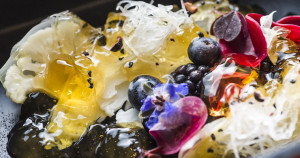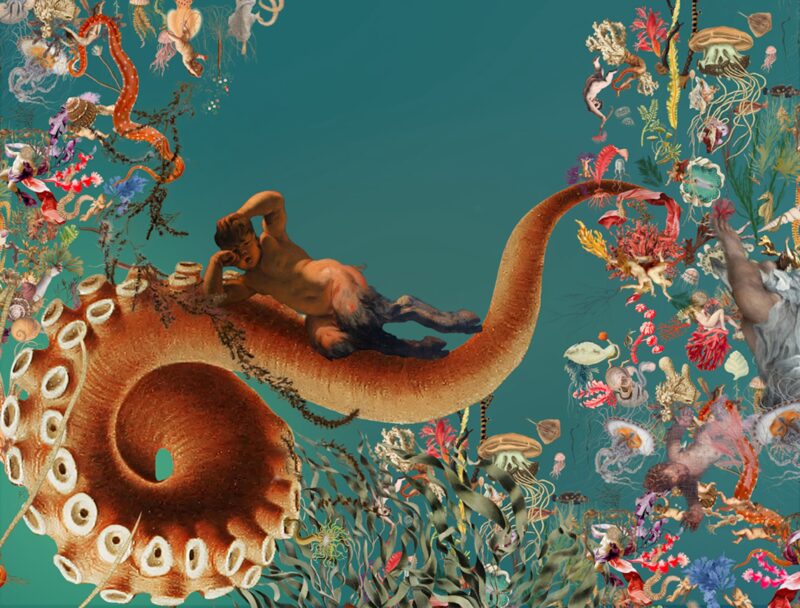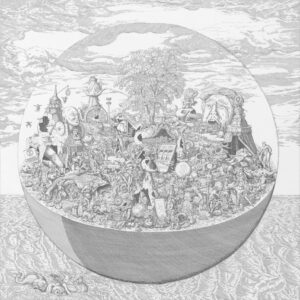This week I talk with Lemonot, a design and research platform founded by Sabrina Morreale and Lorenzo Perri in 2016. Fluctuating between London, Bangkok, La Paz and Italy – they investigate architectural production and its implications on other disciplines. The duo operates in between architecture and performative arts, using them as tools to celebrate the “spontaneous theatre of everyday life”, as they call it.
Hungry observers and compulsive collectors of anthropic mirabilia, they’re interested in all those iconographic gestures enabling the mutual immanence among objects, bodies and rituals. In particular, their work attempts to define peculiar architectural settings for updated gastronomic ceremonies: food preparation and consumption construct a privileged ground to enact symbolic behaviours. They will take part in Open Space online Kitchen Takeovers (5-7 June 2020) and they are sharing a sneak peek now.
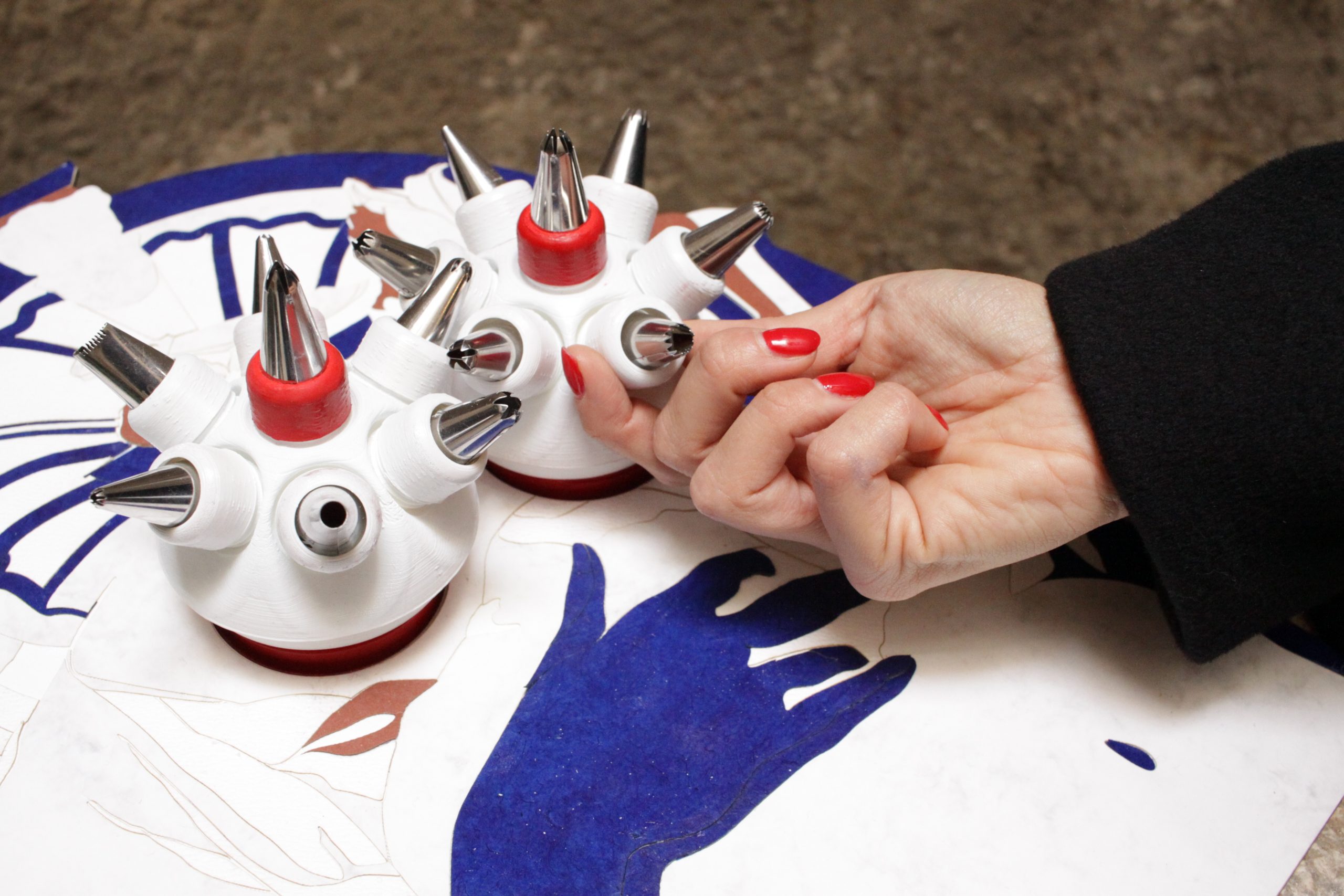
The mechanism of the Minne
1. Art organisations and individuals are launching a plethora of online initiatives to stay creative. Yet, a proper economical support has yet to be provided. What does it mean to be included in a project, such as Open Space’s one?
Kitchen Takeover is an incredible initiative and we’re super grateful for being able to participate, since we understand all the efforts, economical as well, needed to launch it in such strange times. It’s an amazing way not only to stay creative but also to stay connected, alive. Creativity is not an act for individuals, it must be consumed collectively.
2. Can you share a sneak peek into what you will be doing / have done for the project?
Il Pranzo della Domenica – from our confinement in the countryside of Rome, we’ll re-enact the conditions of a festive Sunday lunch, transforming a big wooden table into a surreal stage-set. We will populate it with extravagant objects, ingredients, dishes and memories. Everyone will be invited. We will perform at the table and this will happen as a natural act: the Sunday lunch in Italy is by definition an ordinary yet exceptionally theatrical performance.
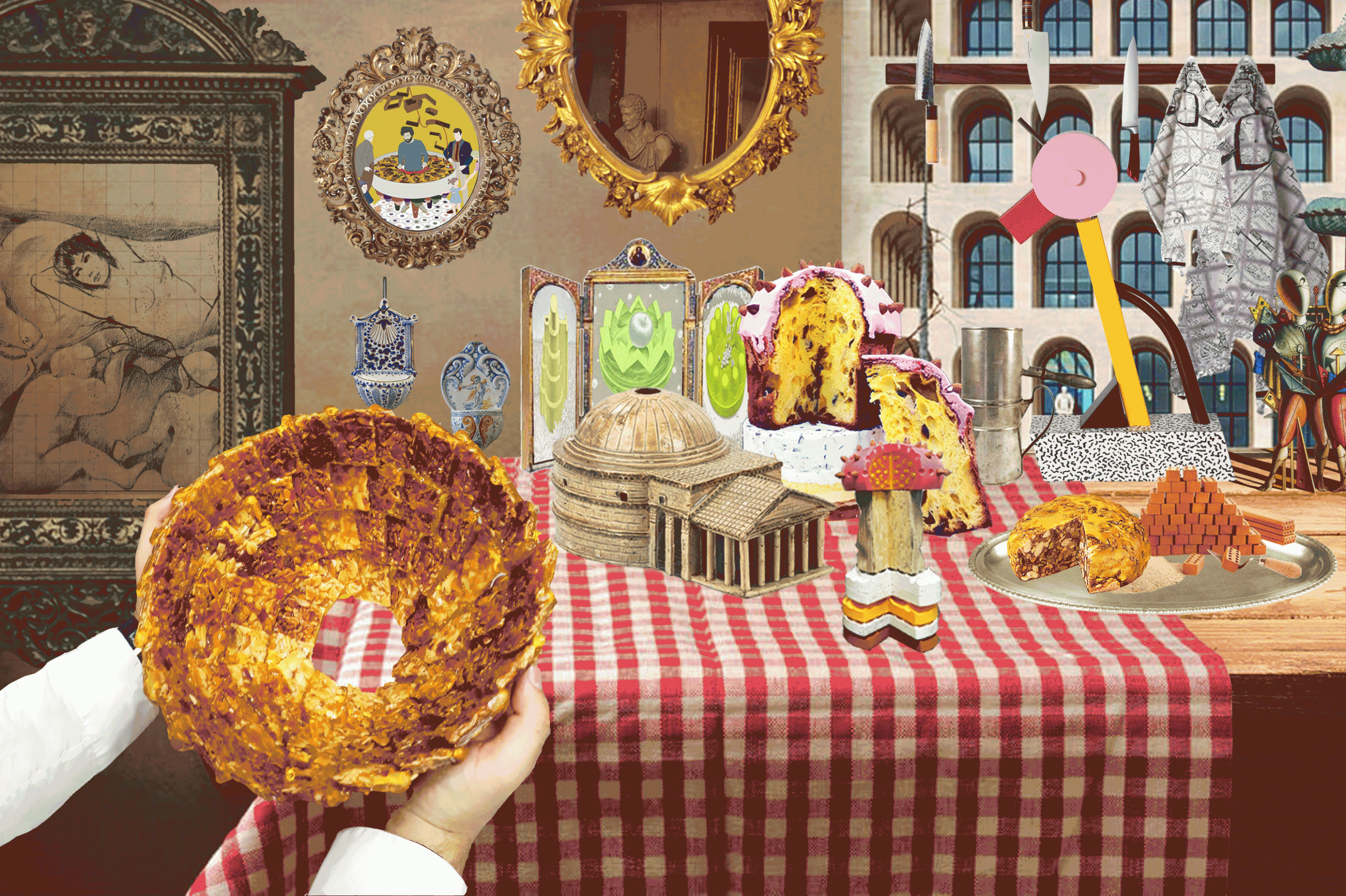 Long Story Short, Article published on Koozarch
Long Story Short, Article published on Koozarch
3. Do you think this crisis will change us, and the art world permanently? Or will we go back to our hectic life as soon as we will be allowed to?
For sure this pandemic will affect our daily rhythm – we would say positively. We won’t necessarily slow down: it seems that as artists we’re able to produce and consume things only if they happen fast enough, but we’ll perhaps engage in less of them. It’s time to give back the deserved importance to gaps, moments of pause, contemplation and reflection – what the Romans were calling otium.
4. Are you working on something else at the moment? How are you reacting to this particular circumstances? What have you learnt from it?
With less pressure from clients, commissions and very few open calls that seem reliable in the foreseeable future, we’re taking the time to finally explore and elaborate details of past projects that were left behind. We’re re-drawing, re-modeling, reconnecting with friends and collaborators, re-opening and feeding our personal folders of references. It seems to us a good way to fulfil certain obsessions that we couldn’t take care of so far, while simultaneously clearing our mind to re-adjust the focus for new forms of production.
In particular, in May – through a series of Instagram lives with artists, photographers, architects and anthropologists – we’ll collect materials to take stock of our experiences about New Andean Architecture in La Paz and informal sellers in Bangkok between 2017 and 2019. This will set the basis for a series of publications concerning daily practices and rituals, highlighting how they often come with a spontaneously rich iconographic apparatus that should consciously inform the production of spatial languages.
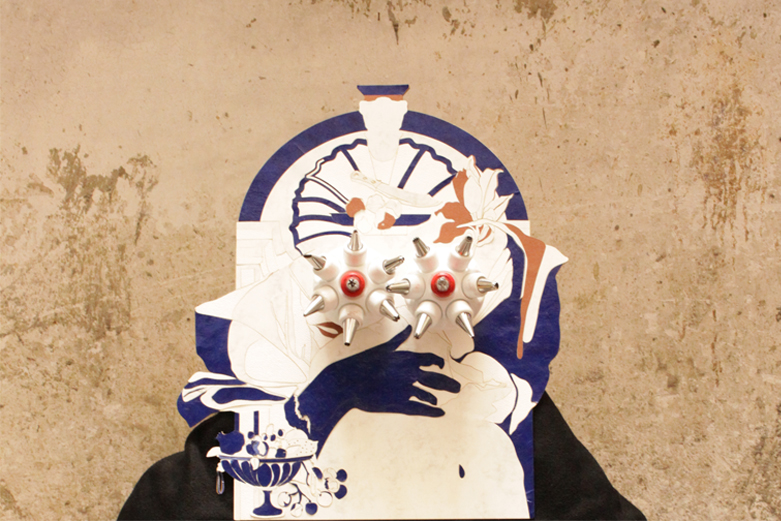 St Agata Portrait, Insula Studio Residency
St Agata Portrait, Insula Studio Residency
5. How has the current situation impacted how you work – both in the method and ideologically?
Since we graduated in 2016, we have been accumulating a lot of life and working experiences – both as architects and academics – in different countries across Europe, Asia and Latin America. Even though we acknowledge that they were (and they’ll be!) amazing moments or personal growth and that this international loop became really a fundamental part of our routines – we’re now questioning if we really were able to have a relevant impact on these heterogeneous contexts: how long does it take to grasp a culture, to achieve a mutually grounded empathy?
We’ll perhaps address differently the realm of our constructed proximity: we are not ready to stop with this routine made of multiple flights, airbnbs, short-term sublets, skype calls, acquaintances punctual favourite spots, but we’ll try to draw some borders, defining a balance with a more physically framed field of influences and affections.
 The Carnival Table, Hellowood Festival 2019
The Carnival Table, Hellowood Festival 2019
6. Do you see any silver linings in this crisis ?
The good thing about this period is that we’re forced to reconsider what it means domestic, familiar, what calms us and makes us feel at ease. As extremely peculiar and personal notions, at the end of this pandemic they should have became clearer for everyone of us, or – at least, we will all be aware that it’s time to clarify them. It was intriguing also to be able to see through all these online platforms a piece of life of collaborators and professionals which usually are left behind the scenes, it makes everything a bit more humane.
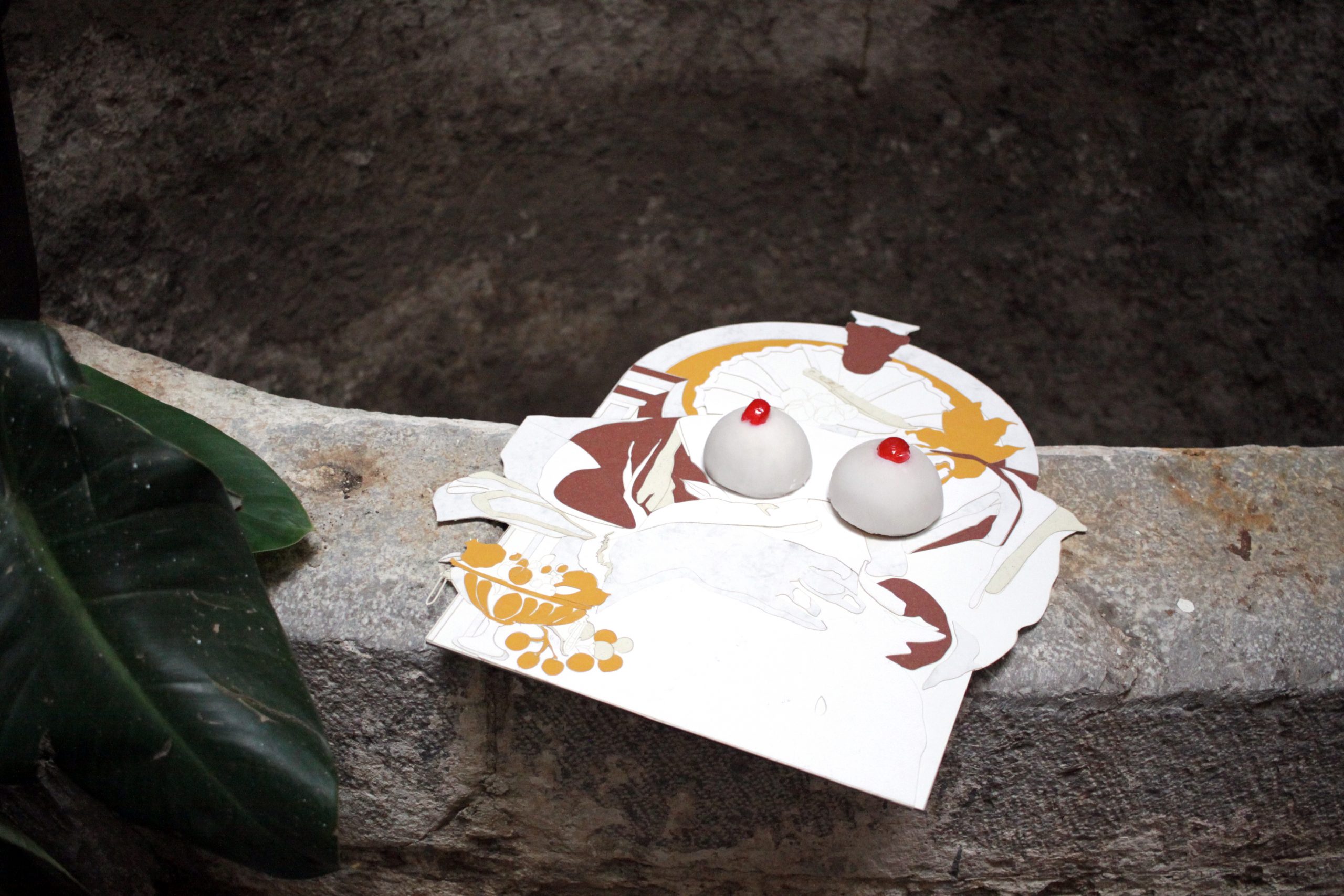 St Agata with the Minne, Insula Studio Residency
St Agata with the Minne, Insula Studio Residency
7. Did you have any show / project planned that has been disrupted by the covid?
As most of the people working as creative freelancers, unfortunately yes – we had several projects and artist residencies that were cancelled or put on hold until further notice. Among the others, during the second half of March, we had to build a sensorial pavilion in Mexico City – a sort of spiritual dryer with more than 3500 hanging bunches of chillies. Conceived as a colourful moment of rest and chance encounters within the public space, the pavilion aims to construct a disruption from the hecticness of daily life, highlighting how an unconventional dialogue with peculiar edible goods -through their smell, aesthetics and taste – can become a medium to augment togetherness. It’s now planned for september: let’s keep our fingers crossed!
 Libidinal Perspectives, Milan Design Week 2019
Libidinal Perspectives, Milan Design Week 2019
8. What’s on your reading list and what book made the greatest impact on you?
Here is a list of 14 books – one for each day of the strict quarantine we had to do once back in Italy from the UK.
Lozenzo’s Quarantine library –
Jeff in Venice, Death in Varanasi by Dyer Geoff
Tony Pagoda by Paolo Sorrentino
Making a Film by Federico Fellini
Forensis: the architecture of public truth by Eyal Weizman
Lolita by Vladimir Nabokov
Pillar of Salt by Salvador Novo
Fahrenheit 451 by Ray Bradbury
Sabrina’s Quarantine library –
How to Do Nothing: Resisting the Attention Economy by Jenny Odell
Le figure per dirlo: storia delle illustratrici italiane by Paola Pallottino
Con un occhio aperto by Julian Barnes
Nel paese delle ultimate cose by Paul Auster
Solibo Magnifique by Patrick chamoiseau
La vita assassina by Felix Valloton
Incantesimo e Magia by Arturo Castiglioni
9. Any new hobby or recipes to share?
We’re refining our carbonara recipe and we started again collecting cut-outs from magazines and newspapers. It might sound a bit nostalgic, but it actually became our physical anchor to counteract a routine, otherwise almost entirely made of virtual bits on Zoom and Netflix.
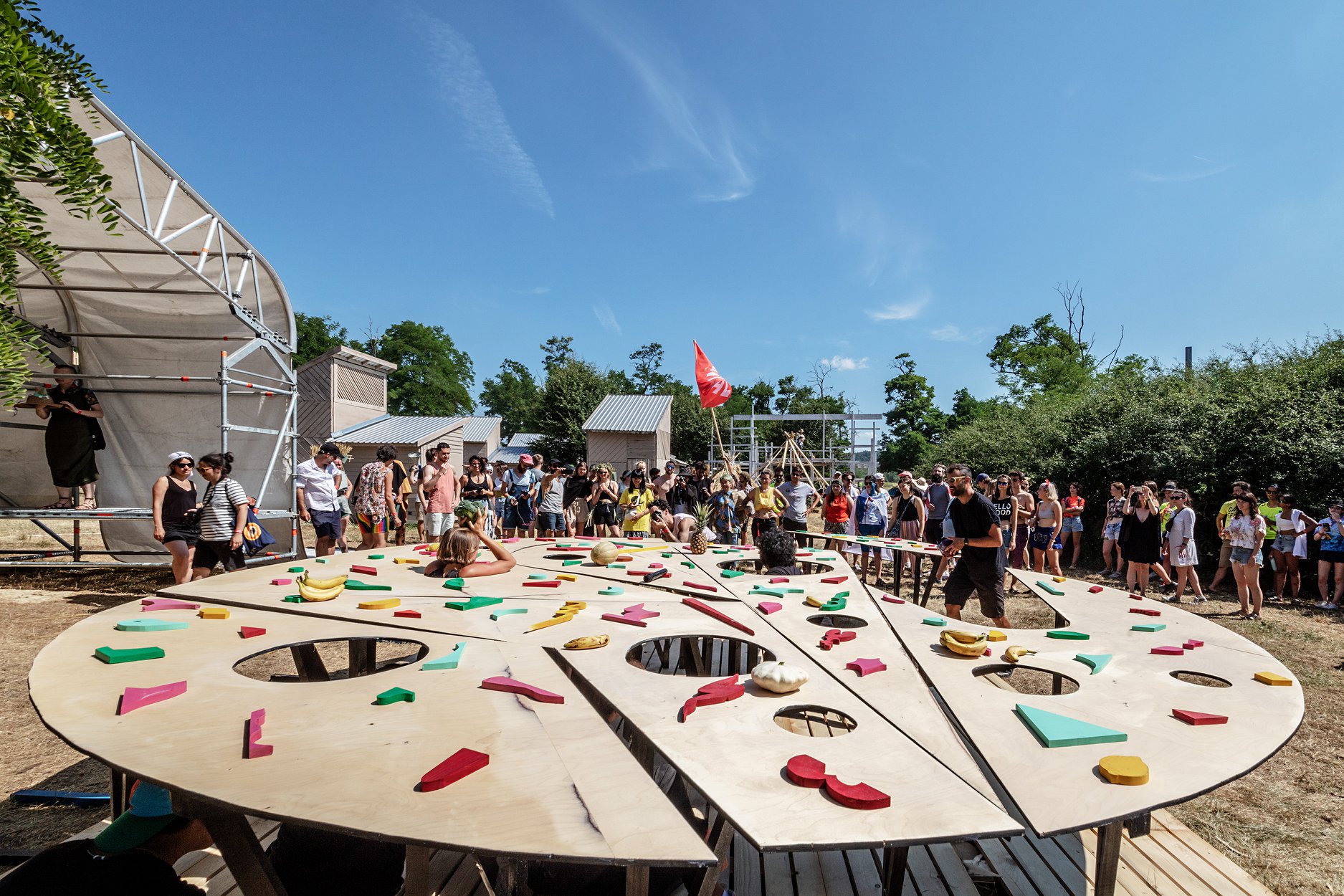 The collective performance, Hellowood Festival.jpg
The collective performance, Hellowood Festival.jpg
10. Favourite quarantine live / podcast / account to follow?
Quirky and funny podcast – Everything is alive
Another special one on treasures from the past and odd stories – The Magazine Antiques
The Architectural Foundation is also having a 100 Days Studio lectures and pub quiz with an incredible bunch of professionals.
And then other millions of dancing nights on live streaming!

